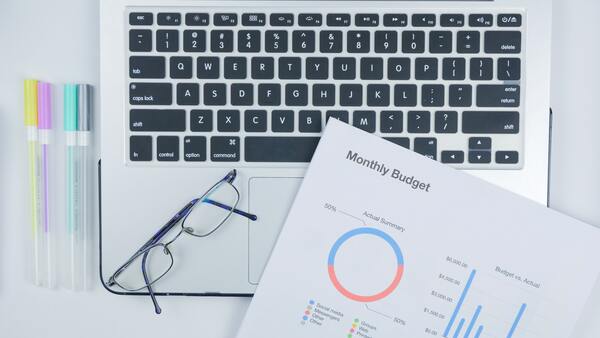By: Jayvee R
2023/12/04
Learning the basics of accounting and developing an understanding of business accounting will make you grow better as an organization.
Whether numbers are part of your DNA or your most dreaded nemesis, chances are, you can not afford to just gloss over and overlook the financial health of your business.
Thus, the need to learn the fundamentals of accounting and the accounting system in general.
This is an undertaking that not all will be happy about because accounting seems to be a daunting task.
But knowing the ins and outs of accounting will save you a lot of time and a great deal of money in the long run.
Even if you are not doing the traditional way of preparing ledgers and balance sheets and even if you have a business accounting software at your disposal, the basics of the accounting system is still universal and business accounting still applies.
What exactly is accounting?
Investopedia says “It is the process of recording financial transactions pertaining to a business.
The accounting process includes summarizing, analyzing, and reporting these transactions to oversight agencies, regulators, and tax collection entities.
The financial statements used in accounting are a concise summary of financial transactions over an accounting period, summarizing a company’s operations, financial position, and cash flows.”
Before going deep into terms and functions of accounting, here are some noteworthy things to keep in mind:
- Businesses differ tremendously in many ways but the basics of accounting remain the same.
When all tasks and processes are fulfilled in accounting, it allows management to have a better grasp of the financial status of the business.
This is critically important, so they can strategically plan and carefully prepare its future expenditures in order to minimize cost and maximize profit.
- No matter what the size of the organization is, business accounting plays a pivotal role.
Aside from recording and analyzing financial statements, it also has certain crucial functions to help in decision making, cost planning, and most importantly determining economic performance and financial gain.
- The one person who can handle basic accounting needs is called a bookkeeper.
- For the intricate ones a Certified Public Accountant (CPA) should be hired for larger or more advanced accounting tasks.
- There are two types of accounting for businesses: These are Managerial accounting and Cost accounting.
Managerial Accounting supports management and their teams in coming up with business decisions, while cost accounting assists businesses in deciding how much a product should cost based on the price and value in the market.
Now here is the meaty part, an understanding of the basic accounting concepts.
ASSETS
This a basic accounting term that refers to things that are of value owned by the business.
Assets in the business pertain to cash, accounts receivable and furniture and fixtures.
LIABILITIES
This means that your business owes an organization or they can be called creditors.
Liabilities are accounts found in the balance sheet.
To cite examples these are: accounts payable, payroll taxes payable and loans payable.
EQUITY
Oftentimes we come across this word.
Equity is the net worth of your company.
It is sometimes called capital or capitalization of the company.
Owner’s equity is another term equivalent to equity.
Where does the capital of the equity come from?
It is usually derived from the investment by the business owners, which also includes the net profits that have been cumulative from the business.
Equity accounts are balance sheet accounts.
BALANCE SHEET
The balance sheet is also commonly named as a statement of financial position.
It is a financial “look” of the business during a particular period of time.
It highlights a complete list of assets, liabilities, and the equity which is the difference between assets and liabilities.
THE ACCOUNTING EQUATION
What is an accounting equation?
Assets = liabilities + owner’s equity.
The balance sheet or the financial statement is based on these two words: accounting equation.
The assets are found listed on the left-hand side of the equation, and the liabilities and equities are found and listed on the right-hand side.
Similarly, some balance sheets are shown in such a way that assets are on the left, liabilities and owner’s equity are on the right side of the balance sheet.
DEBITS
An entry recording or component of every accounting transaction in the financial statement is called debit or debit amount.
Debits normally increase assets and decrease liabilities and equity.
Debits are usually found on the left side of the column in a two column journal.
CREDITS
At least one component of every accounting transaction is called credit or a credit amount.
Credits increase liabilities and equity and decrease assets.
You will sometimes see credits entered on the right-hand side of a two-column journal or ledger.
These terms mentioned represent accounting concepts that are involved day in and day out.
Once you get the hang of it, you are more than ready to tackle what accounting really involves.
The great thing about accounting is that there is a business accounting software that can do the job accurately, efficiently, wisely, realistically, systematically and best of all, effectively!
Why push manual recording when there is a business accounting software that can do wonders to your business?
Improve productivity and pursue strategizing for the company’s growth.
Do debits and credits with ease.
The accounting software for your business is here with EasyFS.
Automate and Innovate .
Start a 30-day free trial now and see the difference! https://human-incubator.com/easyfs/













